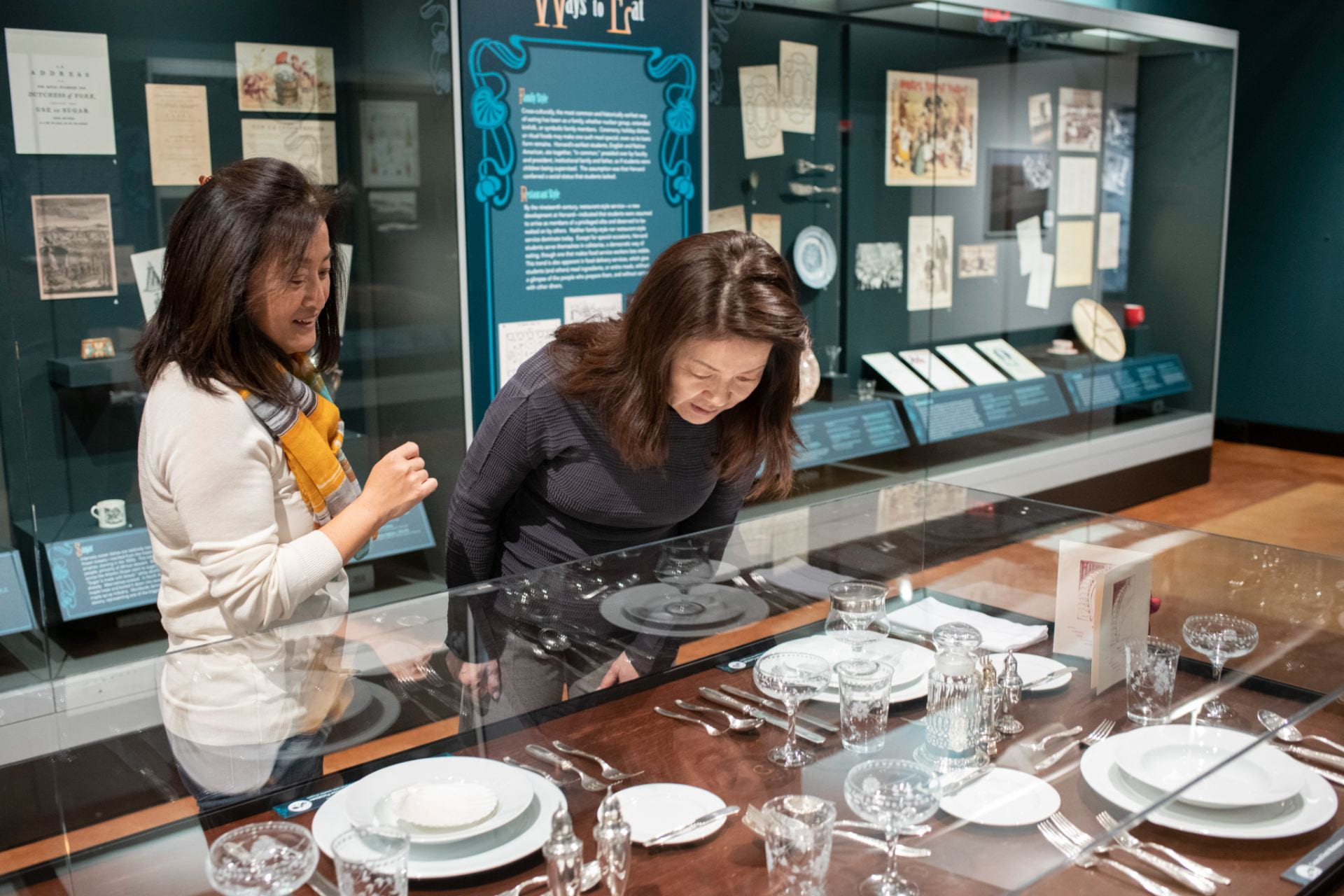Free Lecture Event – Online & In Person | Eduardo Matos Moctezuma Lecture Series
Location: Geological Lecture Hall, 24 Oxford Street, Cambridge, MA
The Proyecto Templo Mayor of the Instituto Nacional de Antropología e Historia (INAH) was created in 1978 after the discovery of a huge monolith depicting Coyolxauhqui, the Aztec moon goddess. Since then, other impressive public monuments and religious buildings have been discovered in downtown Mexico City in the area occupied by the sacred precinct of Tenochtitlan. Archaeologists recently uncovered the largest Aztec sculpture ever found–of the earth goddess Tlaltecuhtli. After providing an overview of the history of archaeology in Mexico City, Leonardo López Luján will undertake a formal, iconographic, and symbolic analysis of the Tlaltecuhtli stone to unveil its functions and meanings. He will also describe the exceptionally rich offerings buried under this sculpture as well as the possible presence of a royal tomb at the foot of the Templo Mayor.
Speaker: Leonardo López Luján, Director, Proyecto Templo Mayor; Senior Research Professor, National Institute of Anthropology and History, Mexico City
Advance registration is recommended.
Free admission. Free event parking at the 52 Oxford Street Garage. Cosponsored by the David Rockefeller Center for Latin American Studies, the Moses Mesoamerican Archive, Harvard Divinity School, the Peabody Museum of Archaeology & Ethnology, and the Harvard Museums of Science & Culture.
About the Speaker
Leonardo López Luján is currently the director of the Proyecto Templo Mayor (Great Temple Project) and a senior research professor at the National Institute of Anthropology and History in Mexico City. He has a bachelor’s degree in archaeology from Mexico’s National School of Anthropology and History, a doctorate from the Université Paris Nanterre, and an honorary doctorate from the University of Copenhagen. His research focuses primarily on the religion, politics, and art of pre-Columbian societies in Central Mesoamerica. He has also made significant advances in the study of the history of Mexican archaeology. He has authored or coauthored 21 books and essays, more than 270 chapters and articles, and has edited or coedited 22 collective works. In his academic career he has served as a visiting professor at the Sapienza Universitá di Roma, the Sorbonne, and the École Pratique des Hautes Études in Paris. He has also been a visiting scholar at Princeton University, Dumbarton Oaks, and the Musée du quai Branly. His numerous distinctions include three Mexican Committee of Historical Sciences Awards, two Alfonso Caso Awards, the Mexican Academy of Sciences Award for Social Science Research, and fellowships from the Guggenheim Foundation and the French Institutes of Advanced Studies. In 2015 he received in China the Shanghai Archaeology Forum Award as the director of one of the ten best archaeological research programs in the world. In 2024 France’s President Emmanuel Macron named him Chevalier de l’Ordre de la Légion d’Honneur. In recent times López Luján has been elected as a member of the Mexican Academy of History and the National College, as well as corresponding fellow of the British Academy, the Society of Antiquaries of London, the Royal Academy of History in Madrid, the American Academy of Arts & Sciences, the Académie des Inscriptions et Belles-Lettres, and the American Institute of Archaeology.
About the Lecture Series
Established in 2017, the Eduardo Matos Moctezuma Lecture Series honors distinguished scholars and artists whose work advances our understanding of Mexican anthropology, archaeology, and history. The series is named after renowned archaeologist Eduardo Matos in honor of his lifelong contributions to illuminate Mexico’s pre-Hispanic past. This is the first time in Harvard University’s history that a Mexican scholar has been honored in this fashion. Speakers in the series include Eduardo Matos Moctezuma, Alfredo López Austin, Javier Garciadiego, Diana Magaloni Kerpel, Juan Villoro, and Ann Cyphers. The lecture series was created under the intellectual stewardship of Harvard Professor Davíd Carrasco and is made possible by the generosity of Jose Antonio Alonso Espinosa.

